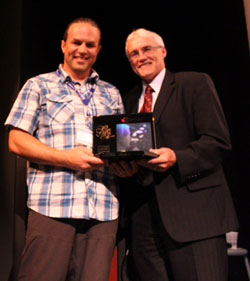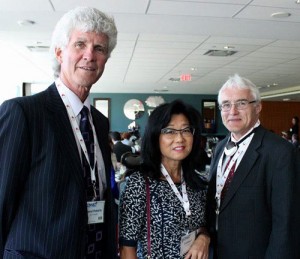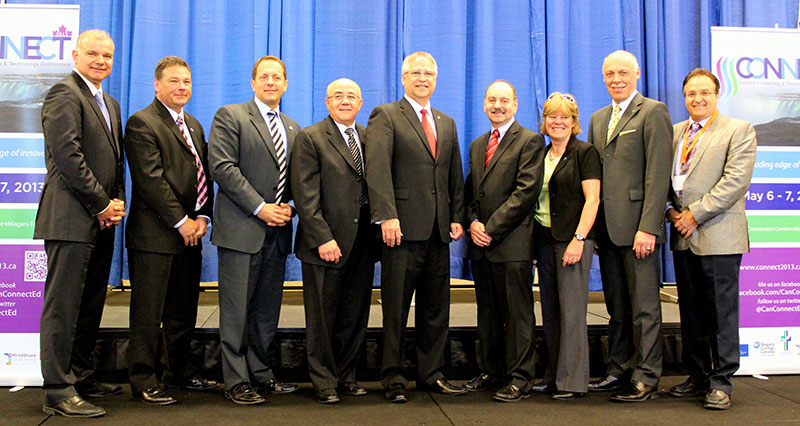By John Kershaw, President of C21 Canada and the former Deputy Minister of Education for New Brunswick.
On July 5th, 2013 Canada’s Ministers called for higher levels of innovation in public education.
C21 Canada welcomes this public call to action, issued in a communique from CMEC’s meeting in Iqaluit. CMEC (Council of Ministers of Education Canada) is the forum where provincial and territorial Ministers of education convene to collaborate on pan Canadian initiatives and share best practices. In Canada, education is constitutionally a provincial jurisdiction, and as such there is no federal department of education. This means that CMEC is the only Canadian entity where a “national”vision and policy framework for public education can be formed and shared with the public. Thus, when Minister’s call for more innovation in education, they are in fact calling on themselves to act.
What leadership actions could the Ministers of education pursue? C21 Canada offers the following five steps for immediate action by CMEC:
- CMEC should move quickly to amend its current policy statement on public education (Learn Canada 2020) to reflect a vision statement and policy framework for 21st century models of learning for Canada’s public education systems. The revised document should include a call for all provinces and territories to adopt 21st century models of learning in public education.C21 Canada’s “Shifting Minds” is a 21st century inspired vision and framework for public education in Canada and is focused on creating innovative learning environments in Canada’s classrooms.
- CMEC should directly engage the public by commissioning a national Roundtable mandated to identify how to accelerate the pace of provinces and territories adopting and effectively implementing 21st century models of learning.
- CMEC should lead the creation of new “national” school administration and teacher training guidelines for adoption by provinces and territories, founded on the principles of 21st century learning and innovation.
- CMEC should call on the federal government to ensure its proposed new Federal Aboriginal Education Act is founded on the principles of 21st century learning and innovation. (The federal government does have the constitutional responsibility for aboriginal learners).
- CMEC should set provincial and territorial targets for enhanced levels of investments in digital learning environments, tools and resources for Canada’s learners and teachers. CMEC should also collaborate with the federal government on the creation of a new national Canadian Learner Technology Program designed to ensure high level connectivity to “all” Canadian schools and technology-rich learning environments for all of Canada’s learners. In the digital age, technology enabled learning must become the norm, and all learners and teachers provided access to state of the art digital tools, resources and related instructional practices.
C21 Canada supports the recent CMEC Ministers call for more innovation in public education. Now it is time for CMEC to act on its own call to action, and provide the pan Canadian leadership for public education they inherited from Canada’s constitution.
![By ADialla (Flickr: City of Iqaluit) [CC-BY-2.0 (http://creativecommons.org/licenses/by/2.0)], via Wikimedia Commons](http://www.c21canada.org/wp-content/uploads/2013/07/City_of_Iqaluit.jpg)



